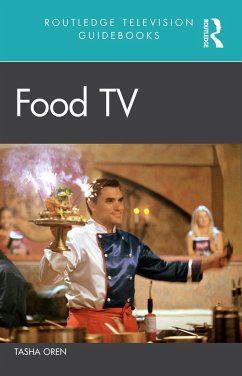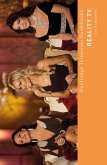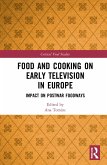This book serves up an accessible, critical introduction to food television, providing readers with a solid foundation for understanding how culinary culture became pop culture via the medium of television.
The book follows FoodTV's journey from purely instructional resource to a wide variety of formats, from celebrity chef and restaurant profiles to culinary travel and every manner of cooking competition from kids to cannabis. Tasha Oren traces the generic expansion of cooking on television as she argues for its development as a uniquely apt lens through which to observe and understand television's own dramatic extension from network to cable to streaming platforms. She demonstrates how FoodTV became popular commercial television through its growth beyond instruction, response to industrial and cultural change, and a decisive turn away from an association with domesticity or femininity. The story of FoodTV offers a new understanding of how certain material, stylistic,and textual practices that make up television emerge as conventions, and how such conventions both endure and evolve.
This book is an ideal guide for students and scholars of media studies, television studies, food studies, and cultural studies.
The book follows FoodTV's journey from purely instructional resource to a wide variety of formats, from celebrity chef and restaurant profiles to culinary travel and every manner of cooking competition from kids to cannabis. Tasha Oren traces the generic expansion of cooking on television as she argues for its development as a uniquely apt lens through which to observe and understand television's own dramatic extension from network to cable to streaming platforms. She demonstrates how FoodTV became popular commercial television through its growth beyond instruction, response to industrial and cultural change, and a decisive turn away from an association with domesticity or femininity. The story of FoodTV offers a new understanding of how certain material, stylistic,and textual practices that make up television emerge as conventions, and how such conventions both endure and evolve.
This book is an ideal guide for students and scholars of media studies, television studies, food studies, and cultural studies.








